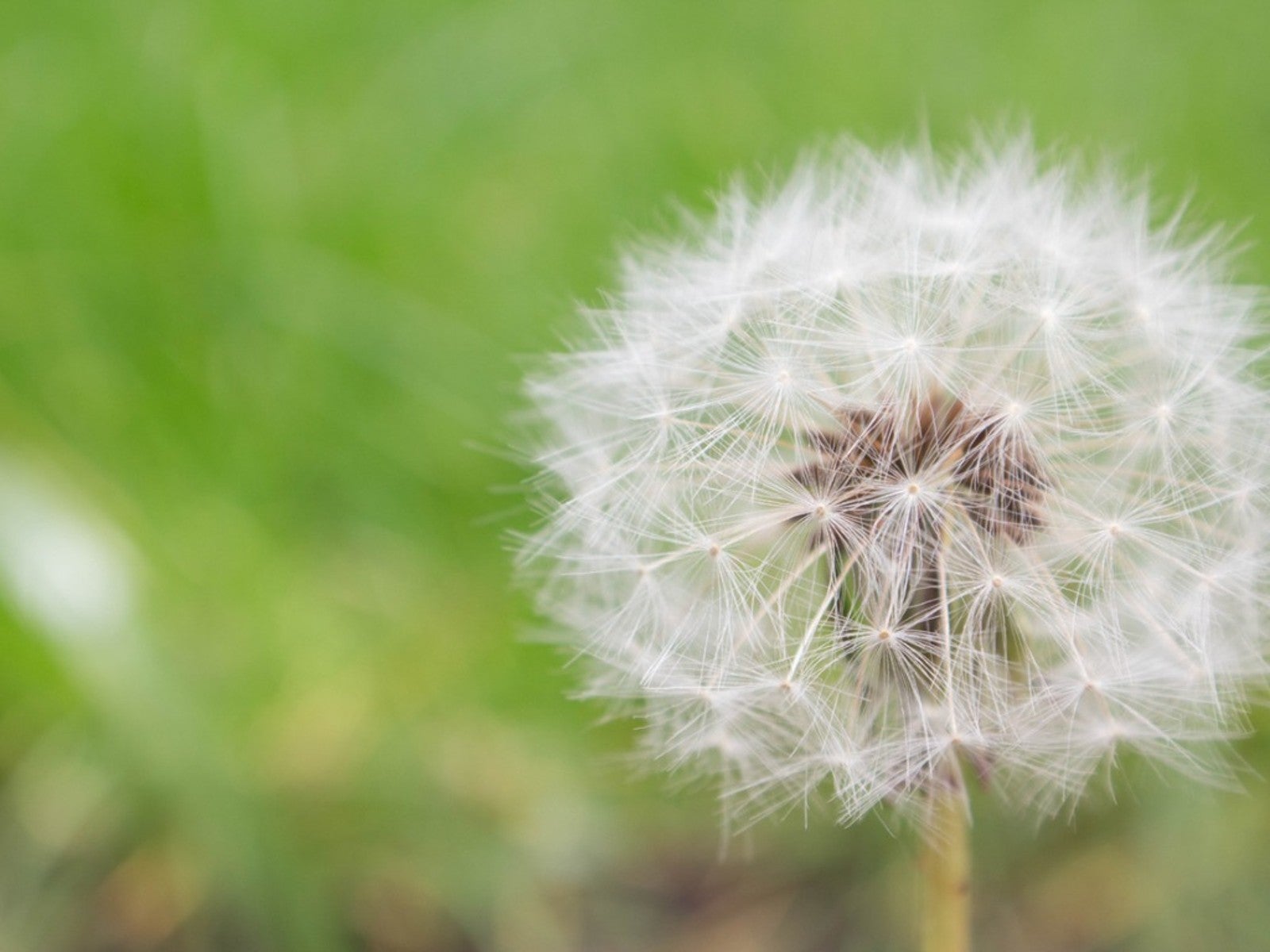What Is A Seed Head: Identifying Flower Seed Heads


Gardening experts, like doctors, lawyers, mechanics, or other professionals, sometimes throw around terms that are common in their profession but may have other people wishing they would just speak plain English. Occasionally, I will get on a roll explaining something to a customer and see a look of confusion come over their face as I mention terms like “balled and burlap,” “plant crown,” or “seed head.”
Many times, people will hesitate to ask a question like: “what is a seed head,” because they are afraid it will make them look stupid. Truth is, there are no stupid questions and gardening experts actually want to help you better understand your plant’s needs, not ridicule you. In this article, we will cover how to recognize a seed head on plants.
How to Recognize a Seed Head
The term “seed head” is defined as a flower head in seed by the Oxford dictionary. It is the dried flowering or fruiting part of the plant which contains the seeds. On some plants the seed head is easily recognized and identified. For example, on dandelions, the yellow petals wilt and drop, then are replaced by the fluffy white seed head.
Other easy to identify seed heads on plants are sunflowers, rudbeckia, and coneflower. These seed heads form right in the center of the petals, then ripen and dry as the petals fade and wilt.
Not all seeds form on obvious seed heads though. Plant seeds can form in other ways too, like in the following seed head parts:
- Fruits
- Berries
- Nuts
- Capsules (e.g., poppy)
- Catkins (e.g., birch)
- Pods (e.g., sweet pea)
- Winged capsules or samaras (e.g., maple)
Flower seed heads generally start out green, yellow, red, or orange in color, but turn brown as they ripen and dry. Some seed heads, such as seed heads on euphorbia or milkweed, will burst open when they ripen and send seeds out by the force of the burst. In the case of milkweed and dandelion, seeds float away on the wind by light, fluffy fibers.
Uses for Seed Heads on Plants
Recognizing flower seed heads is important for several reasons: future plant propagation, prolonging blooms by deadheading, creating bird friendly gardens, and because some plants have attractive seed heads that add winter interest to the landscape.
Gardening tips, videos, info and more delivered right to your inbox!
Sign up for the Gardening Know How newsletter today and receive a free copy of our e-book "How to Grow Delicious Tomatoes".
When collecting seeds for future plant propagation, placing nylon panty hose around the ripening seed heads can ensure that you get seeds before they are naturally dispersed by wind or birds. When deadheading plants, we cut spent flowers off before they have a chance to put energy into producing seeds. By doing this the plant’s energy is diverted from seed production to sending out new blooms.
Certain plants have attractive seed heads that are left on the plant to add winter interest to the landscape or for use in crafts. Many of these seeds can also provide food for birds and small mammals in winter. Some plants with attractive seed heads are: